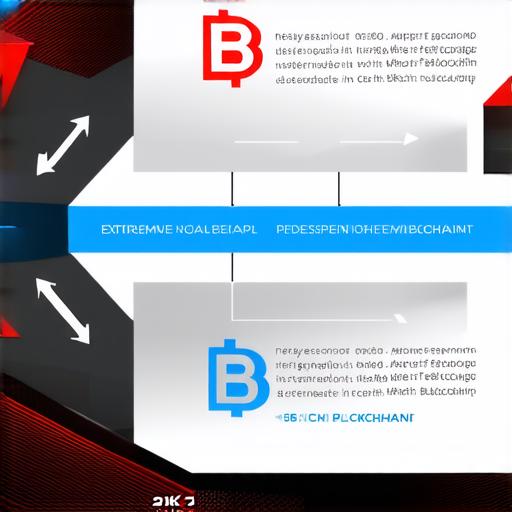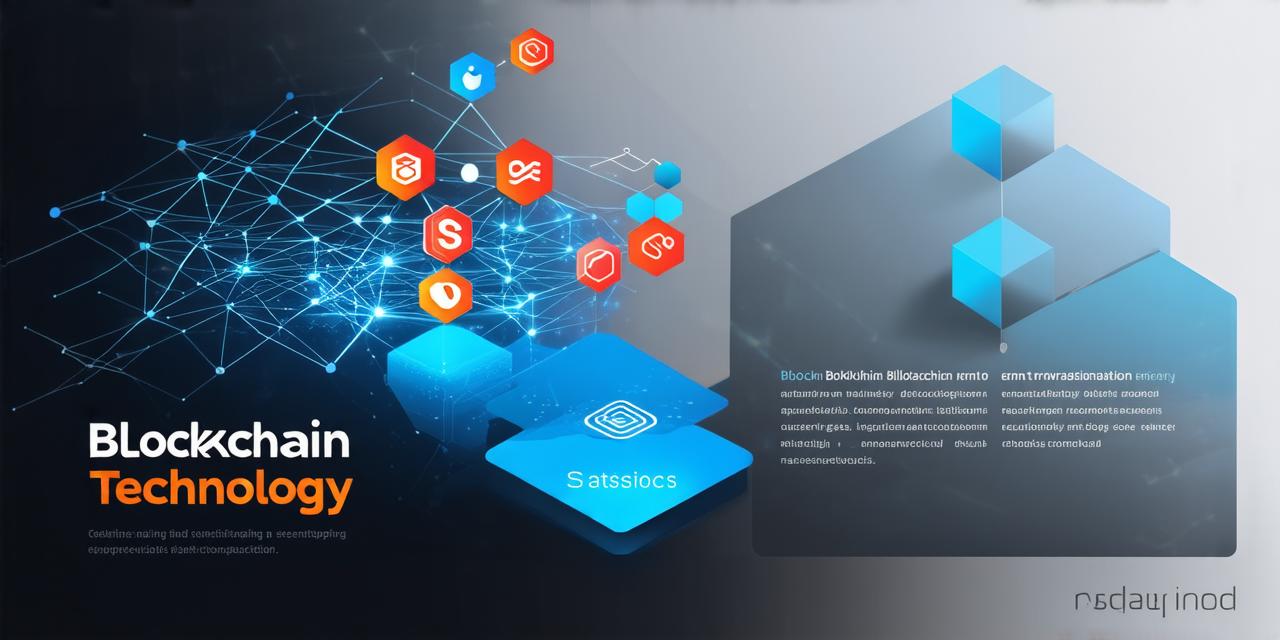Blockchain technology is becoming increasingly popular in various industries such as finance, healthcare, and supply chain management. It is a decentralized system that uses cryptography to secure and verify transactions on the network.
Understanding Blockchain: A Decentralized System
Blockchain is a distributed ledger technology that maintains a continuously growing list of records, called blocks, linked using cryptography. Each block contains a cryptographic hash of the previous block, a timestamp, and transaction data. The decentralized nature of blockchain means that it is not controlled by a single entity or organization but rather operates autonomously through a network of computers.
How Blockchain Works: A Step-by-Step Guide
1. Nodes and Miners

A node is a device that has a copy of the blockchain and can participate in the network by verifying transactions and adding them to the blockchain. A miner, on the other hand, is a computer system that solves complex mathematical problems to validate transactions and create new blocks, earning rewards for their efforts.
2. Transactions and Blocks
A transaction is a transfer of digital assets or data between two parties on the network. The transaction data is broadcasted to the network, where it is verified by multiple nodes to ensure its validity. Once the transaction is confirmed, it is added to a block along with other verified transactions and cryptographic hash of the previous block.
3. Mining
Mining involves solving complex mathematical problems that require significant computational power. Once a problem is solved, the solution is broadcasted to the network, and the miner who finds it first earns the reward in the form of newly minted coins or tokens.
4. Consensus Mechanisms
Consensus mechanisms are algorithms used by blockchain networks to ensure that all nodes agree on the state of the ledger. The most common consensus mechanism is proof-of-work (PoW), which requires miners to solve complex mathematical problems before adding new blocks to the blockchain. Another popular consensus mechanism is proof-of-stake (PoS), which validates transactions based on the amount of cryptocurrency held by a user.
Blockchain Use Cases for Developers
1. Smart Contracts
Smart contracts are self-executing programs that run on the blockchain, automating the enforcement of agreements between parties without intermediaries. They can be used in various industries such as finance, supply chain management, and healthcare to streamline processes and reduce costs.
2. Decentralized Applications (DApps)
DApps are applications that run on the blockchain, allowing users to interact with decentralized systems without intermediaries. They can be used in various industries such as finance, gaming, and social media to provide secure and transparent services.
3. Cryptocurrencies and Tokens
Cryptocurrencies are digital or virtual currencies that use cryptography for security, and tokens are non-fungible digital assets that represent ownership of a particular asset or utility. They can be used in various industries such as finance, gaming, and supply chain management to provide secure and transparent transactions.
Blockchain vs Traditional Systems: A Comparison
1. Security
Blockchain technology provides high levels of security through cryptography and its decentralized nature, making it resistant to hacking and fraud. Traditional systems, on the other hand, are vulnerable to attacks and can be easily compromised by hackers.
2. Transparency
Blockchain technology provides transparency and immutability, ensuring that all transactions on the network are recorded and cannot be tampered with or deleted. Traditional systems lack transparency and are subject to manipulation and fraud.
3. Cost and Efficiency
Blockchain technology is cost-effective and efficient, reducing the need for intermediaries and automating processes. Traditional systems require intermediaries, resulting in higher costs and slower processing times.
The Future of Blockchain Technology: Opportunities and Challenges
1. Regulations and Compliance
The future of blockchain technology will depend on the regulatory landscape, with governments and organizations around the world grappling with how to regulate and comply with blockchain-based systems. It is important for developers to stay up-to-date on regulations and compliance requirements in their respective industries.
2. Scalability and Interoperability
Scalability and interoperability are challenges that need to be addressed for blockchain technology to reach its full potential. As the number of users and transactions on the network grows, scalability becomes an issue, with some blockchain networks struggling to handle large volumes of data. Interoperability is also a challenge, as different blockchain networks use different consensus mechanisms and protocols, making it difficult for them to communicate with each other.
3. Adoption and Awareness
The future of blockchain technology will depend on its adoption and awareness by the wider public and businesses. As more people and organizations become aware of the benefits of blockchain technology, we can expect to see increased use cases and applications across various industries.
Summary
In conclusion, blockchain technology is a revolutionary technology that provides high levels of security, transparency, and cost-effectiveness. It has numerous potential benefits for developers in various industries such as finance, healthcare, and supply chain management. As the technology continues to evolve, it will be important for developers to stay up-to-date on its latest developments and challenges, ensuring that they can take advantage of its full potential.
